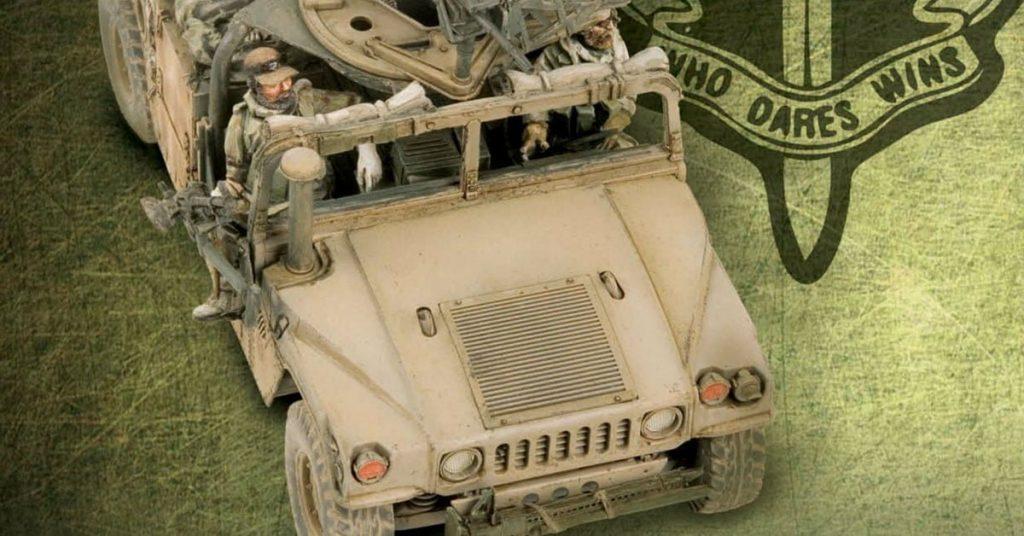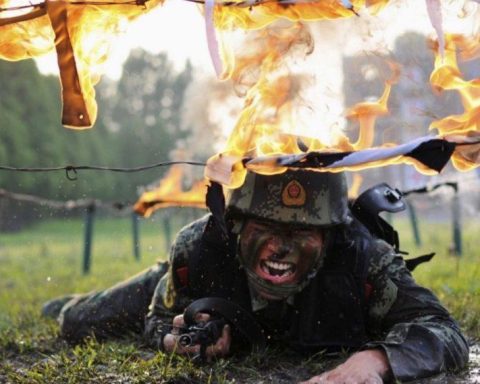The New Zealand Special Air Service (NZSAS) is widely considered to be the most elite unit in the New Zealand Army. Established on July 7th, 1955, they are commonly referred to as the 1 NZSAS Regt. Their design and operations are heavily influenced by their counterparts, the British Special Air Service (SAS) and the Australian Special Air Service Regiment (SASR). The unit’s roots can be traced back to World War II when many New Zealanders served in the renowned Long Range Desert Group.
Introduction
For the New Zealand Government, the NZSAS is deemed the “premier combat unit of the New Zealand Defence Force.” Their operations include domestic matters and various international locations such as the jungles of South-East Asia, the Pacific region, and Afghanistan.
The unit’s efforts have been recognized with various honors and awards, including the Victoria Cross for New Zealand, awarded to Corporal Willie Apiata. In addition, the unit received the United States Presidential Citation in 2004 for its contributions to Afghanistan.
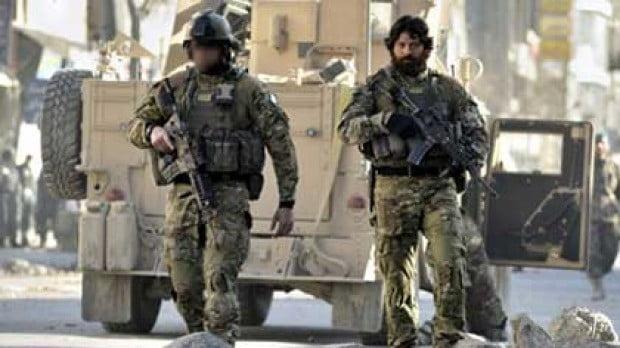
Individual members of the NZSAS have also been acknowledged for their exceptional contributions to global peace, receiving various honors and awards, including the Victoria Cross for New Zealand awarded to Corporal Willie Apiata.
In 2013, the New Zealand Special Air Service was elevated to Regimental status. They currently have the responsibility of conducting domestic Counter-Terrorism operations, overseas Special Operations missions, and handling the disposal of chemical, biological, radioactive, and improvised explosive devices for both the military and civilian authorities.
Headquarters
Throughout its history, the NZSAS has moved locations several times. Its current headquarters is located at the former Papakura Military Camp, where a new facility named ‘Rennie Lines’ was built in honor of the founding NZSAS Commanding Officer, Major Frank Rennie, and officially opened on December 14th, 2002. The unit has been headquartered at several locations throughout the years:
- Waiouru Military Camp (1955-1959)
- Papakura Military Camp (1959-1995)
- Hobsonville Air Force Base (1995-2002)
- Papakura Military Camp ‘Rennie Lines’ (2002-Present)
Operations
The New Zealand Special Air Service (SAS) has built a reputation as one of the world’s elite special operations units, with a long history of participation in various wars and conflicts. From their first deployment in Malaya in 1955-57 to their recent involvement in Mali, the SAS has consistently demonstrated courage and capability.
Some of the notable conflicts and missions in which the SAS has participated include:
- Malaya (1955-57)
- Thailand (1962)
- Borneo (1965-66)
- Vietnam (1969-71)
- Bougainville (1997-98)
- Kuwait (1998)
- East Timor (1999-2001)
- Afghanistan (2001-2012)
- Mali (2020-present)
In addition to these high-stakes engagements, the SAS has also been involved in training missions, such as instructing Malaysian Police Field Force personnel from 1977-1980, as well as providing support during emergencies, such as the tsunami in Papua New Guinea.
Their most significant accomplishment to date has been supporting the New Zealand police force. Through their field training and weapon-handling expertise, the SAS played a key role in establishing the Police Anti-Terrorist Squad, now known as the Special Tactics Group. This has helped further to enhance the capabilities of the New Zealand police force.
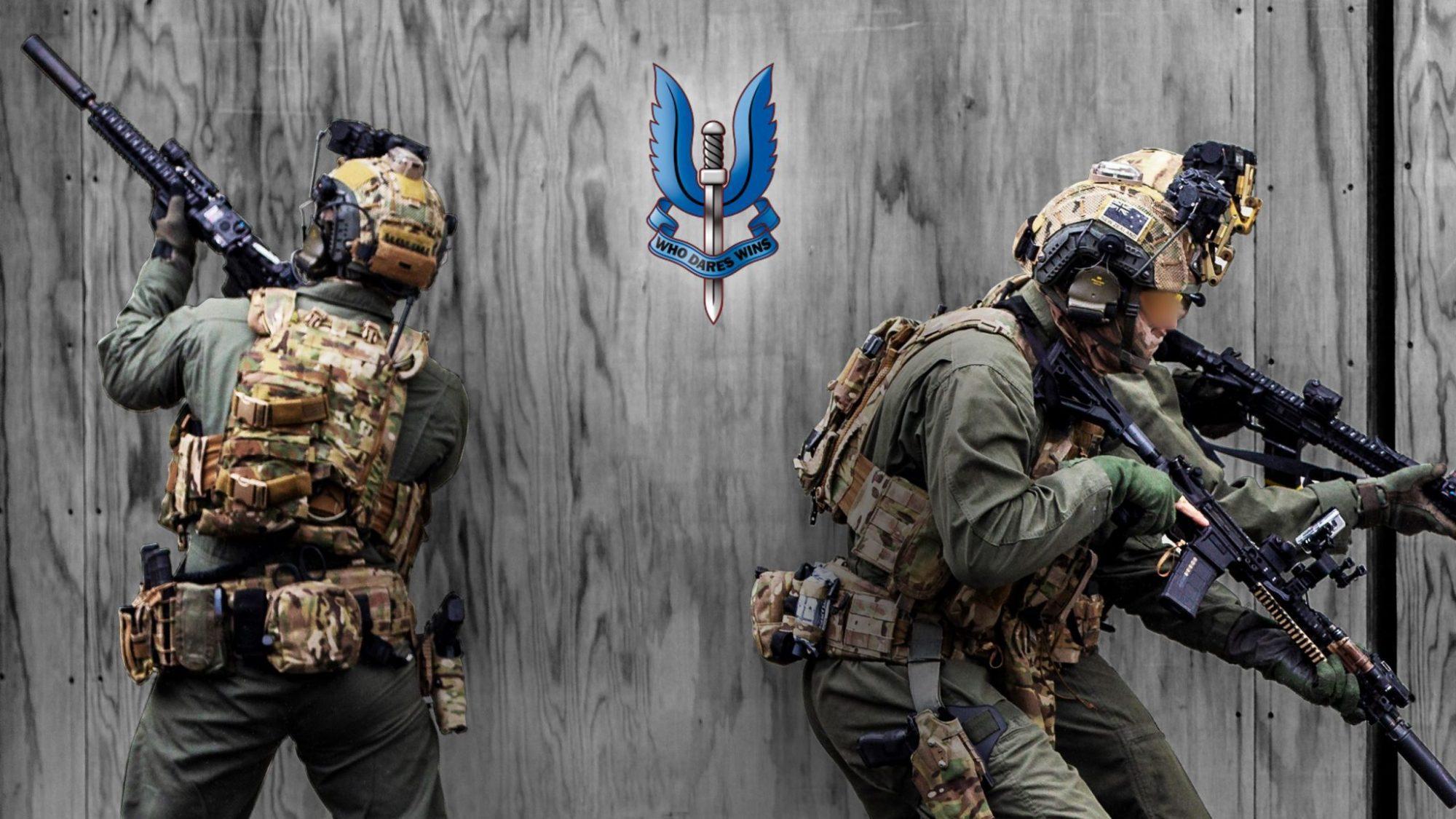
Organization
As of February 2013, the main elements of the 1st New Zealand Special Air Service Regiment were:
- Headquarters
- A Squadron – New Zealand Special Air Service Squadron
- B Squadron – New Zealand Special Air Service Squadron
- D Squadron – Commando Squadron
- E Squadron – Explosive Ordnance Disposal Squadron
- Support Squadron
A and B Squadrons – Special Air Service
The New Zealand Special Air Service (NZSAS) comprises two Sabre Squadrons, elite combat units equipped to execute a diverse array of special operations. Each squadron is further divided into four specialized troops, each with a specific area of expertise: Amphibious, Air, Mobility, and Mountain operations. These troops are trained to operate in various challenging environments, from aquatic to aerial and rugged terrains, enabling them to execute their missions precisely and efficiently.
D Squadron – Commando
The Commando Squadron, formerly known as the Counter-Terrorist Tactical Assault Group until December 5th, 2009, was established in 2005 to supply a specialized counter-terrorism capability to the 1 NZSAS and the New Zealand Defence Force. The squadron comprises a confidential number of Counter-Terrorist operators, all specially trained to handle high-pressure and high-stakes situations. The unit is equipped to execute rapid and effective counter-terrorist operations, providing a valuable asset to the New Zealand Defence Force.
E Squadron – Explosive Ordnance Disposal
The 1st New Zealand Explosive Ordnance Disposal (EOD) Squadron is a specialist task unit within the NZSAS Regiment. Established in August 2005, it began as an independent Force Troops Squadron before coming under the Operational Command of the 1 NZSAS Regiment in July 2009. The unit is responsible for supporting the New Zealand police in rendering safe chemical, biological, radiological, nuclear and improvised explosive devices, commercial explosives, and military munitions, domestically and abroad, where New Zealand troops are operating. The unit is highly trained and equipped to handle a wide range of hazards, ensuring the safety of both the troops and the public.
NZAS Support Squadron
The Support Squadron is tasked with fulfilling the logistical, intelligence, medical, administrative and communication needs of the NZSAS Regiment. It comprises a diverse group of personnel, each receiving specialized training in their respective fields upon joining the Regiment. Additionally, members of the Support Squadron can complete other specialist courses, such as Parachuting. The qualified members of the Support Squadron are authorized to wear the sand beret with their corps badge, signifying their expertise in their respective fields.
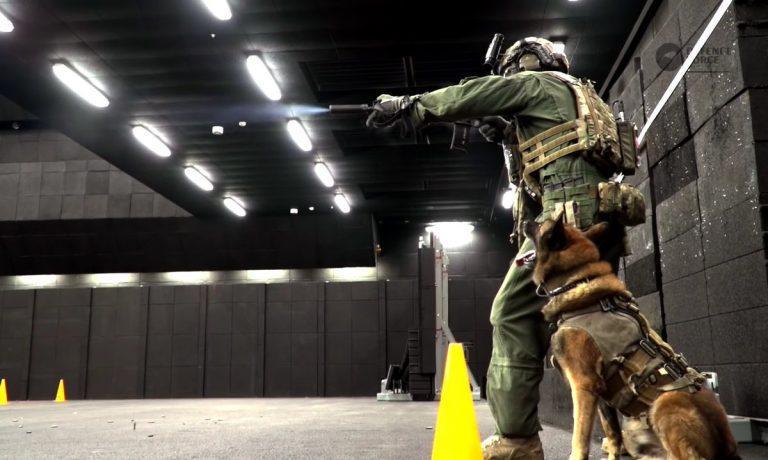
Training and selection
To become a member of the New Zealand Special Air Service (1 NZSAS) Regiment, individuals must pass a rigorous selection course that varies depending on the unit they wish to join. The selection course is designed to identify individuals who possess self-discipline, can work effectively as part of a small team under stress, and can endure long periods.
The selection process has two distinct paths: Commando candidates and SAS commissioned Officer candidates.
For Commando candidates, the selection process is divided into two gates:
- Gate 1: After four days of testing, candidates who pass are considered for a role as a Commando. This phase involves completing 1 NZSAS Regiment fitness testing and mixed-terrain navigation.
- Gate 2: After nine days of further testing, candidates who pass are considered for SAS training. This phase involves completing close-country navigation and other activities. On average, 10-15% of candidates give both selection and training.
SAS commissioned Officer candidates to undergo an additional two days of selection to test their suitability to solve problems and make decisions under stress. Those who pass this selection process complete an intensive period of training to build core special forces skills.
Washout rate
The competition for a spot in the New Zealand Special Air Service (NZSAS) is fierce, with only a select few chosen from the many who apply each year. From 2013 to 2017, 243 candidates underwent the NZSAS selection process, but only 31 were successful. The rigorous selection process is designed to identify the most capable and disciplined individuals, achieving being chosen highly prestigious.
Motto and insignia
The motto of the New Zealand Special Air Service NZSAS is the same as the unit according to which they are organized.
Who dares wins!
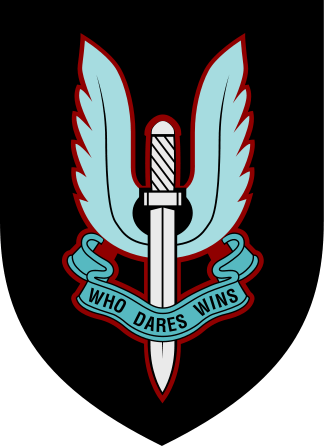
Equipment
The New Zealand Special Air Service (NZSAS) soldiers are equipped with various weapons systems, including the Barrett MRAD sniper rifle and the Barrett M107A1 anti-materiel rifle. In 2017, the Thales Bushmaster Protected Mobility Vehicle was introduced to the NZSAS, with five vehicles purchased from the Australian Defence Force for use in direct action operations.
In 2018, the NZSAS also acquired an undisclosed number of Supacat HMT Extenda vehicles, replacing Pinzgauer for special reconnaissance operations. Additionally, two types of modified civilian vehicles were introduced in 2018 for terrorism and support and influence operations. These vehicles, designated Low Profile Utility and Low Profile Protected, were supplied by Jankel Armouring.

